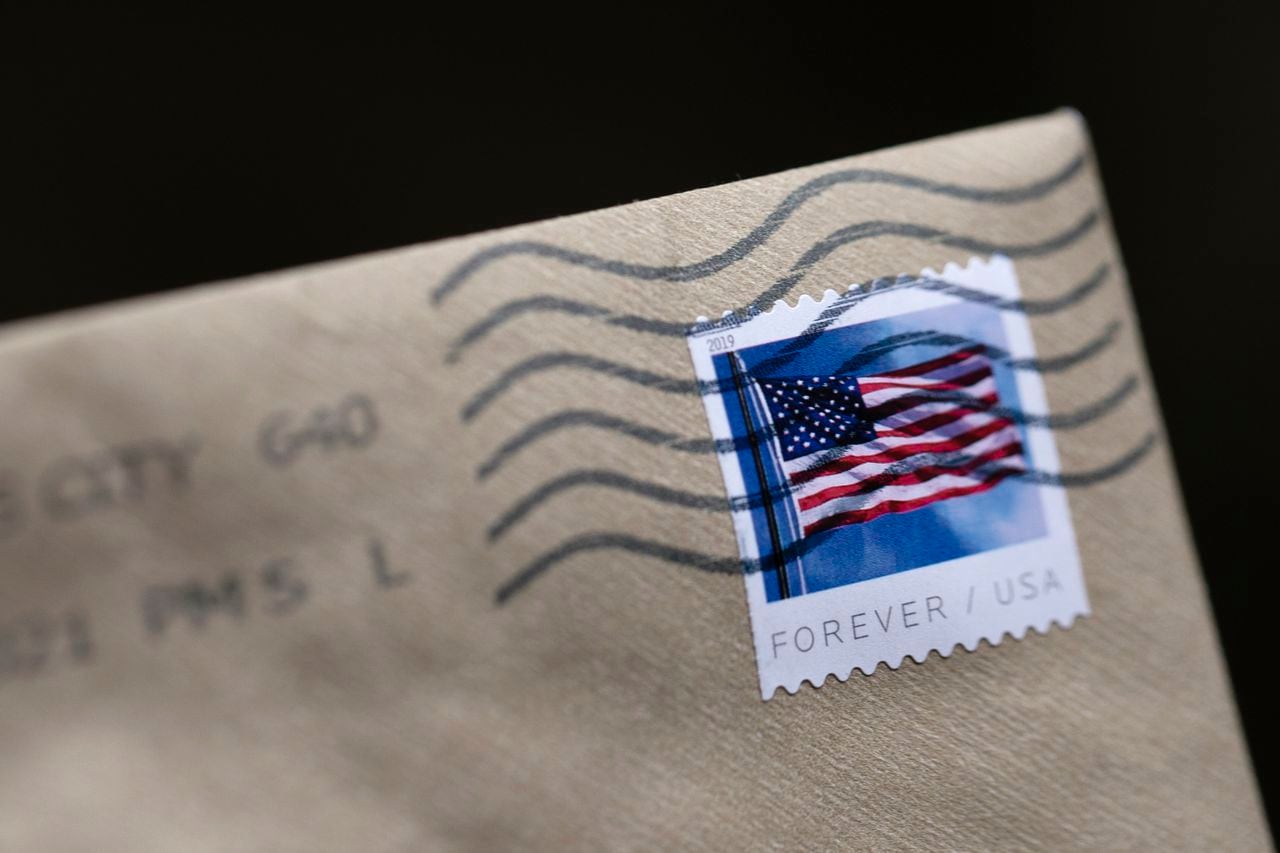Seen social media ads offering discounted postage stamps? Hereâs what you should know
In the hustle and bustle of the holiday season, it’s tempting to look for any way to save time and money. But if your click-and-buy shopping method extends to postage stamps, you need to be careful, the Better Business Bureau warns.
BBB’s Scam Tracker is receiving increased reports of websites selling counterfeit discounted postage stamps. Some of the sites selling the stamps even impersonate the U.S. Postal Service.
How the scam works, according to BBB:
Your holiday cards are addressed and ready to mail, but you need postage stamps. You don’t have time to go to the post office today, so you wonder, “Can I buy stamps online?” After a quick Google search for stamps, you click on a link that advertises a 50% discount on stamps. However, the website is fake, and scammers are hoping you’ll fall for their too-good-to-be-true offer and provide your payment information. You proceed and purchase stamps for your holiday cards. You go to your cart, click “Checkout,” and enter your personal information and credit card details for payment. Later, you see the charge to your credit card was made by someone’s PayPal account – not USPS.
Often, people who contact the company’s customer service get an email back from the scammer pretending to be USPS or another legitimate company. Customers cite instances of receiving emails saying they will get a refund but the money is never returned.
If you do receive stamps, you may notice they are different than those you would receive at the post office. Chances are they are counterfeit and cannot be used to send mail.
BBB offers these tips to avoid postage scams:
- Make sure the website is real. Before you give out your personal information, confirm whether the website is legitimate. Look closely at the website’s URL. Scammers may slightly misspell URLs or use tricky subdomains, hoping you won’t notice you’re on the wrong site.
- Confirm the website is secure. Again, you’ll want to pay attention to the website’s URL. Secure website URLs start with “https://” and show a lock icon on the purchase page.
- Be wary of ads on social media. Social media ads are a popular way for scammers to trick consumers into buying counterfeit merchandise. Watch for red flags like discounted pricing, spelling and grammatical errors, and poor-quality images and logos.
- If a price is too good to be true, it probably is. Think twice before purchasing an item that is heavily discounted. Scammers prey on consumers who are looking for a good deal.
